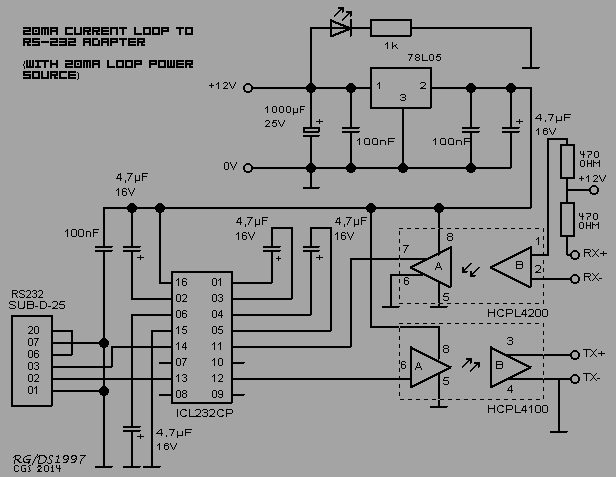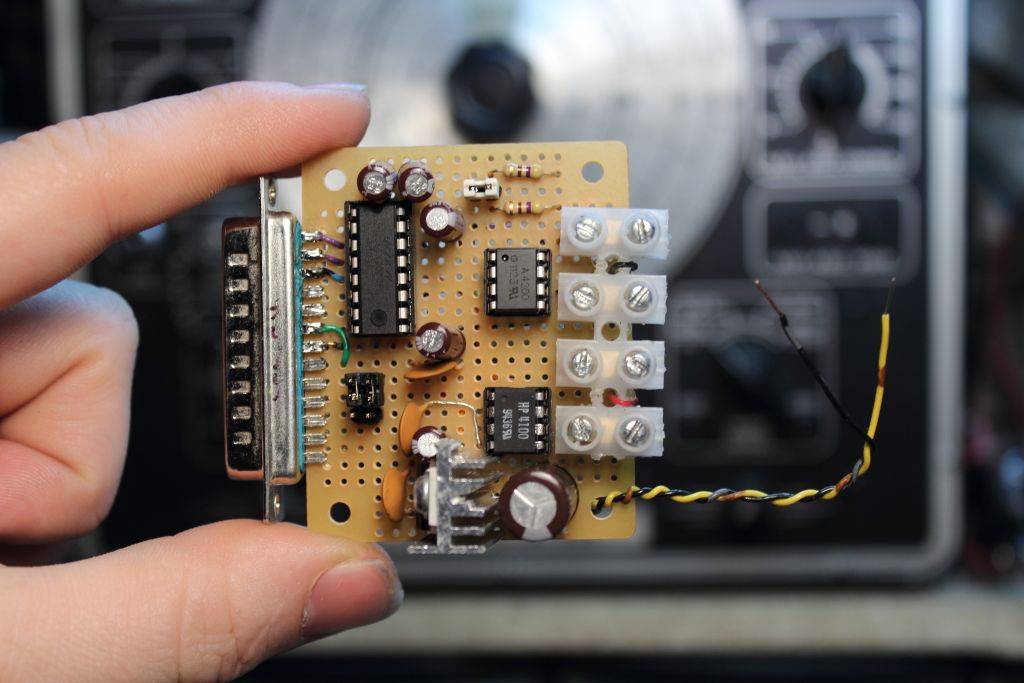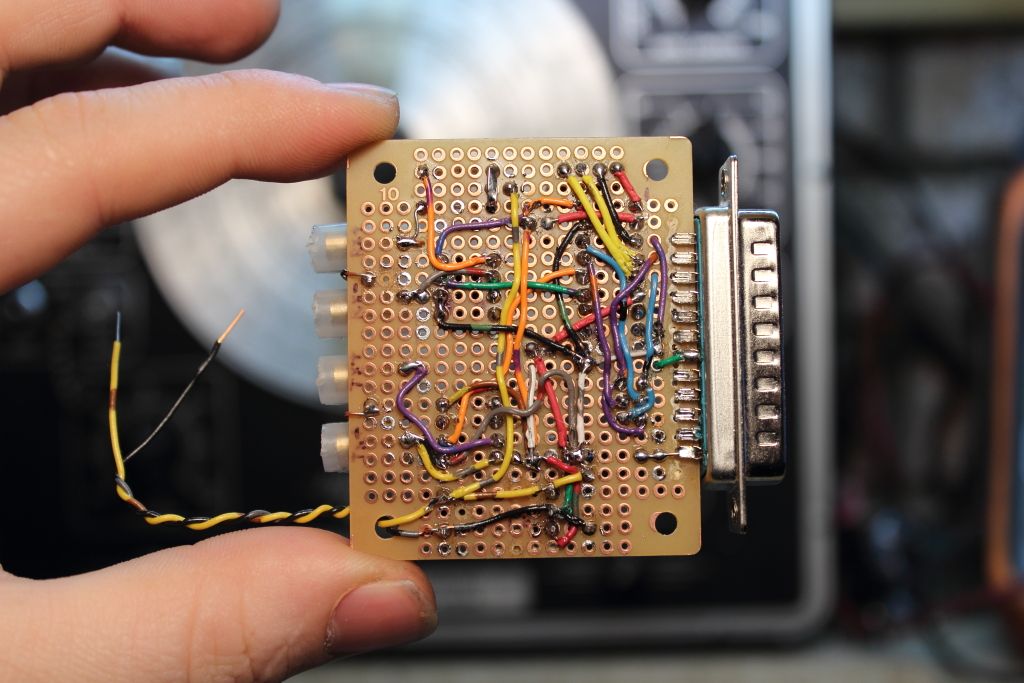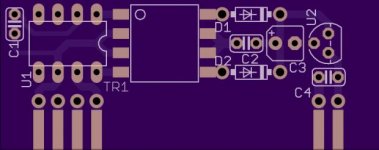glitch
Veteran Member
I've discussed building a vintage computer compatible current loop converter with a few of you. Since I have a little free time at work this week, I've been looking into it. Preliminary specs:
* 100% optoisolated 20 mA loop
* Proper isolated loop supply for passive devices (higher voltage than usually provided)
* MAX232 for RS-232 end
* Single +5V power supply (wall wart, +5 on aux DB25 pins, et c)
* DB25 for direct plugging into old stuff
* DOCUMENTATION!
Questions:
* How many people would be interested in a kit?
* Does anyone care about 60 mA current loop?
* What kind of current loop devices would you like documented?
* Interest in a case?
* 100% optoisolated 20 mA loop
* Proper isolated loop supply for passive devices (higher voltage than usually provided)
* MAX232 for RS-232 end
* Single +5V power supply (wall wart, +5 on aux DB25 pins, et c)
* DB25 for direct plugging into old stuff
* DOCUMENTATION!
Questions:
* How many people would be interested in a kit?
* Does anyone care about 60 mA current loop?
* What kind of current loop devices would you like documented?
* Interest in a case?








